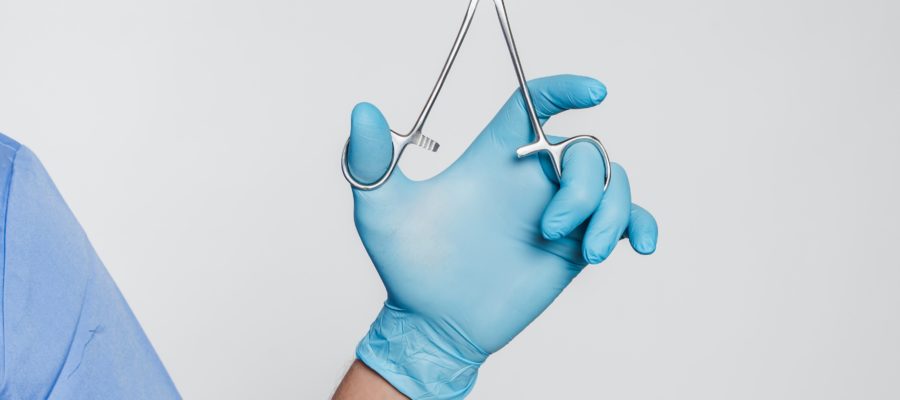Within surgical instrument manufacturing, the importance of a smooth surface is more than just an aesthetic matter. A perfect surface of scissors handles, drills, clamps, endoscopes, and dental tools facilitates the cleaning process, impeding the growth of harmful pathogens. In addition, it makes the pieces resistant to corrosion, long-lasting and reliable.
Dry electropolishing automates the polishing process, avoids imperfections in the surface or breakage of the tablets, improves the performance and extends the lifespan of the pressing tools while reducing time, costs and environmental impact. It precisely automates surface finishing operations and preserves geometry, tolerances and biocompatibility.
This success case explains how a manufacturer of surgical instruments improved the quality of the products by eliminating imperfections in the surface, such as burs or fissures, to avoid the presence of fluids, bacteria or tissue while reducing time and costs using DLyte. The company replaced a long mechanical polishing with the faster DryLyte Technology, highly reducing scrap parts.
In this document, you will learn why dry electropolishing is the preferred process for stainless steel surgical instruments’ surface finishing.
You will also learn:
- Why is dry electropolishing more effective than current methods
- How dry electropolishing works
- Benefits of dry electropolishing for the medical device industry
- Cost analysis of dry electropolishing, including CAPEX and OPEX
Fill out the form to download the case study.
